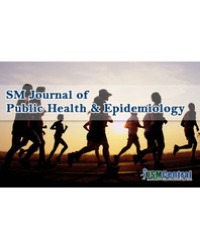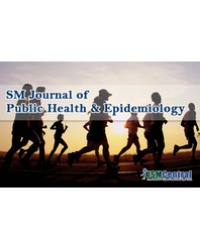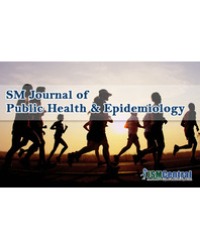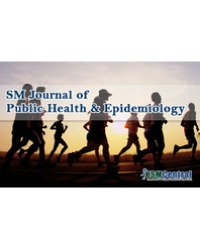
Situational Analysis of Patient Safety Culture in Public Health Institutions in South-South Nigeria
Background: Patient safety culture (PSC) is increasingly being seen as vital, measurable and improvable concept in improving quality of health care globally. This study assessed the PSC among clinical staff in primary and tertiary health facilities in the Nigerian health care setting.
Methods: A cross-sectional survey of clinical staff from one tertiary and 12 primary health facility in south south zone of Nigeria. Perceptions of PSC were measured with 5-point Likert scale along the 8 domains of the 62-item ambulatory version of the Safety Attitude Questionnaire (SAQ-AV). Positive PSC was inferred with scores ≥ 75%.
Results: The response rates from staff in the primary and tertiary facilities were 76.5% and 40.2% respectively while the Cronbach’s alpha for the entire scale was 0.89 with a range of 0.59 - 0.80 in the domains of the SAQ-AV. The mean age of the respondents was 33.1 ± 6.79 years; more were nurses (27.3%), females (57.6%) and work as permanent staff (74.5%). The level of PSC was significantly higher in the primary level of care along the domains of the SAQ-AV except for job satisfaction and stress recognition.
Conclusions: The overall level of PSC was low and there were significant variations between levels of practice. These findings call for appropriate interventions to improve PSC among health care providers in Nigeria.
Daprim Samuel Ogaji, Emudiaga-Ohwerhi Mabel and Adedotun Daniel Adesina




